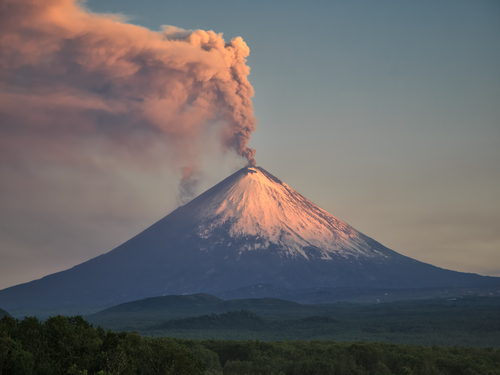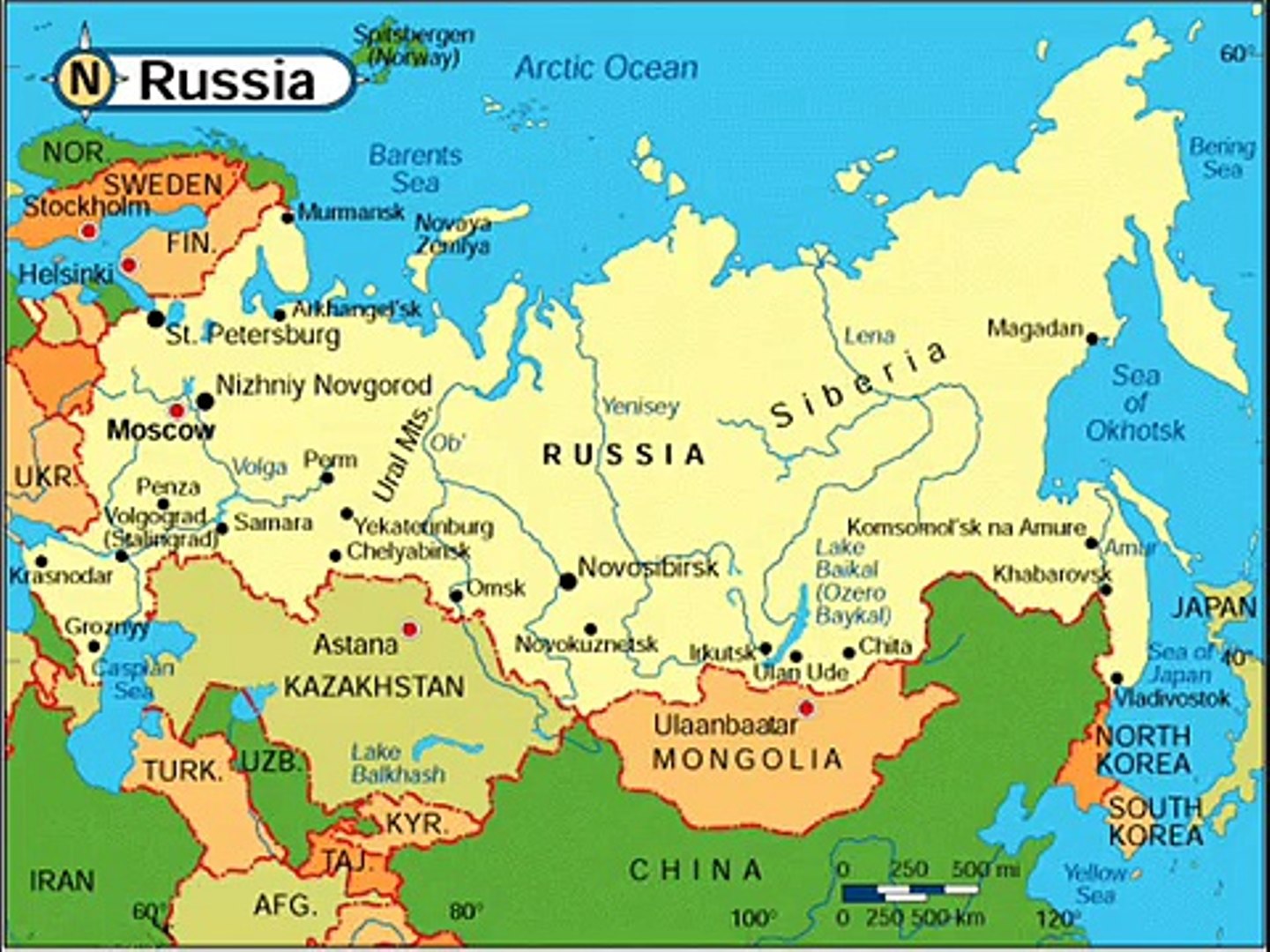Out of all countries in the Middle East, probably 2 are widely recognized thanks to their respective airlines promoting them to the world: United Arab Emirates and Qatar. We are going to focus on Qatar here.
Qatar is a natural gas-rich country in the Middle East bordering Saudi Arabia. In 2017, due to certain dispute we are not going to write here, many of its neighbors imposed economic blockade against it. Qatar had to act fast to keep its economy running. Within weeks of sanctions, Qatar dropped the visa requirements it had imposed on citizens of developing countries. After a few years, the sanctions were lifted. But fortunately for us faciletrippers, Qatar doesn’t revert to its old visa policy.
Today, visitors from China, India, Indonesia, Pakistan, and Thailand can visit Qatar visa-free for 30 days. Contrast that with UAE’s visa policy, requiring citizens from the 4 aforementioned countries (except for China) to apply for visa prior to travel. I have already decided which country is worth visiting. So what exactly does Qatar has to offer?
Admittedly, Qatar is a relatively small country, but here are some ideas:
1. Al Thakira Mangroves
Mangroves are usually found in tropical climates, not the desert ones. The local type of mangrove native to the country is the Avicennia Marina (aka white or gray mangrove), a species that can endure the high level of salinity that’s characteristic of the Persian Gulf. They can be found 8 km away from the industrial city of Al-Khor.

2. Al-Zubarah Fort
Al-Zubarah Fort is located in the ancient town of Zubarah, in northwest Qatar, 105 km from Doha. It was built by Sheikh Abdullah bin Jassim Al Thani in 1938 to serve as a Coast Guard station. Today it serves as a museum and a famous landmark. In 2013 it is listed as UNESCO World Heritage Site.

3. Al Jassassiya Petroglyphs
Al Jassassiya is a deserted quarry in the middle of Qatari desert. First reported in 1956 by Danish archaeologist Peter Glob, a total of more than 900 rock carvings can be found at this surprising site. Their age and purpose are still a matter of speculation at this point.

Note that we deliberately left out attractions such as The Pearl Doha, Corniche, and Souq Waqif. We feel that similar attractions can be found elsewhere (although they will never be exactly the same with the Qatari version of them) and hence are not absolutely unique to Qatar. We would like you, fellow faciletrippers, to get the most out of your time and money.
We also suggest you to avoid visiting Qatar, from one month before to one month after the 2022 World Cup (scheduled from 21 November to 18 December 2022). This global sporting event will certainly result in overcrowding and inflated prices.
Have you visited Qatar before? Or are you planning to visit? Please share your experience below!









